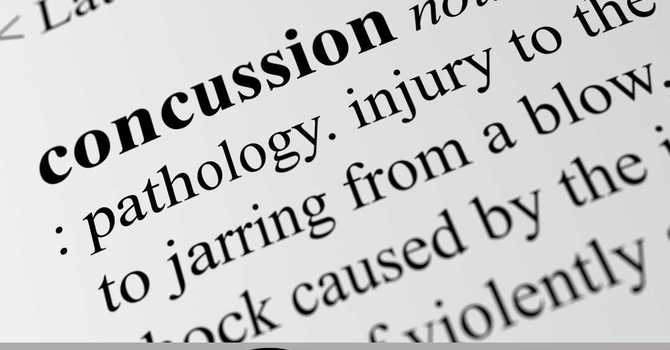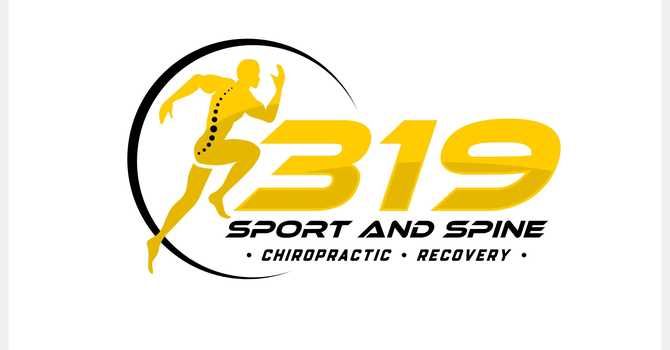.jpg)
The human body is amazingly complex, if you don't believe me, take a moment to think about all the things happening in your body that you don't have to think about. Your eyes are seeing the letters in this blog and processing them, your stomach is processing your breakfast, and your lungs and heart are pumping oxygen and nutrients to all your muscles and tissues. All this happens without you having to think about it! This complexity of the body can be overwhelming to understand and study. Luckily there are patterns we can use to analyze movement, performance, and pain.
One such pattern was developed by Vladamir Janda, and popularized by movement specialists Gray Cook and Mike Boyle. The pattern is called the Joint by Joint approach. It states that the body is made up of mobile segments and stable segments that alternate in the body. The advantage of this is the mobile segments gain leverage from the stable segments to effectively produce force. Let's define some terms we used so we can better understand this approach to human movement.
- Mobility: the ability to move a joint under your body's control without outside influence
- Stability: the ability to control the mobility your body has
- Segment: a joint or joint complex, such as the knee
- The big toe needs to be mobile
- The arch of the foot needs to be stable
- The ankle needs to be mobile
- The knee needs to be stable
- The hip needs to be mobile
- The lumbar spine (low back) needs to be stable
- The thoracic spine (mid back) needs to be mobile
- The lower cervical spine (lower neck) needs to be stable
- The upper cervical spine needs to be mobile
- The scaula-thoracic "joint" (shoulder blade on ribs) needs to be stable
- The shoulder joint needs to be stable
- The elbow needs to be stable
- The wrist needs to be mobile
- The hand needs to be stable
Dr. Cameron Hayward
Contact Me.jpg)


